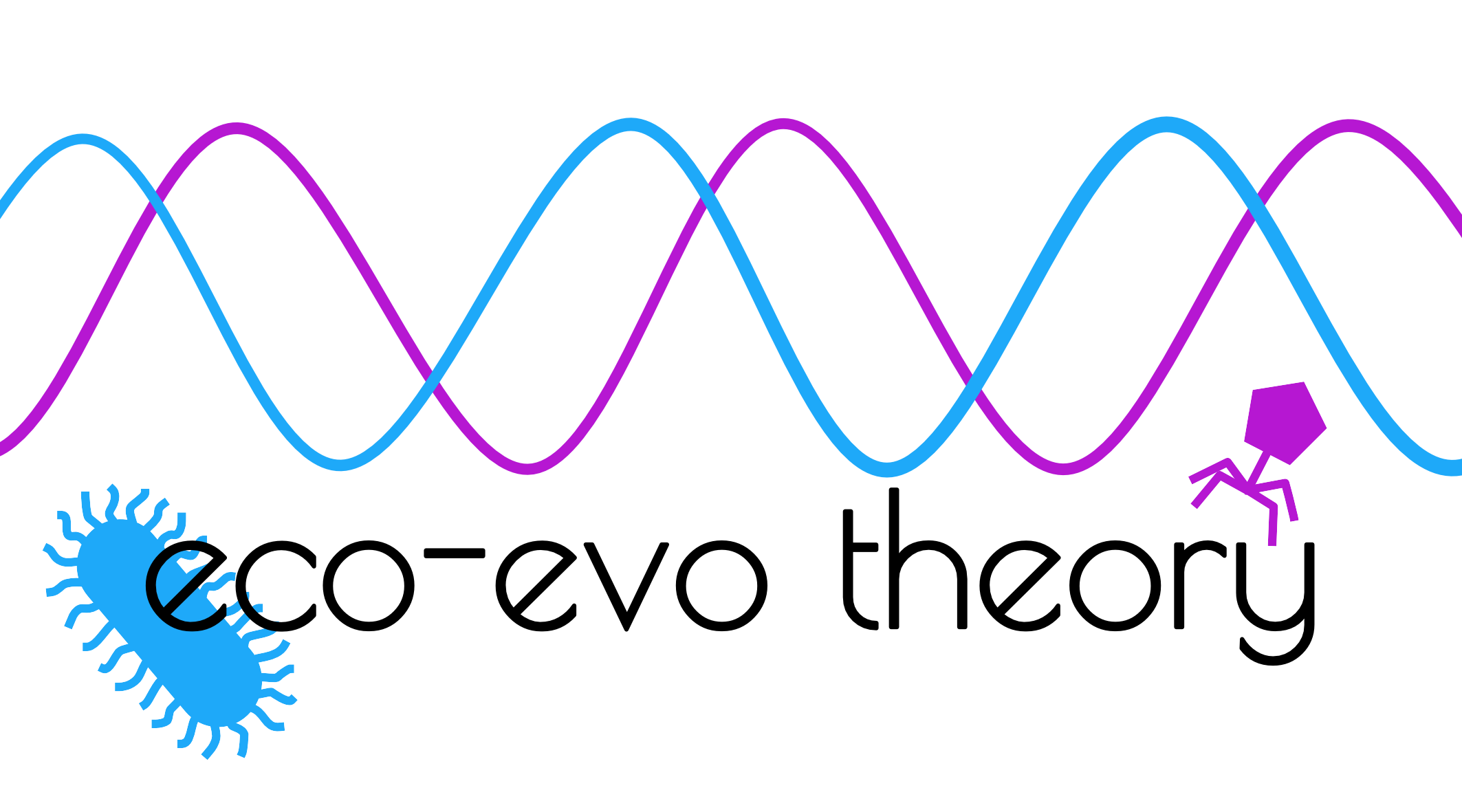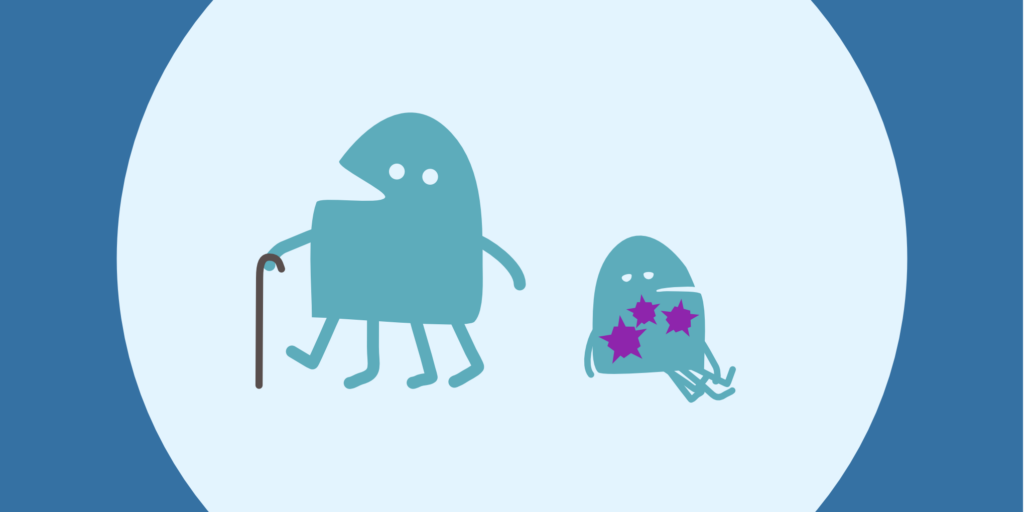We’re studying how the relationships between ageing and immunity evolve to understand why juveniles are sometimes inherently more susceptible to infection than adults, or vice versa, even after accounting for previous exposure.
Key findings
- By considering trade-offs with maturation and reproduction, we have shown how elevated juvenile susceptibility can evolve, but should be lowest when hosts have moderate lifespans and an intermediate probability of reaching the adult stage.
- By extending the model above to consider simultaneous evolution of juvenile and adult resistance, we have shown that certain combinations of trade-offs have substantial effects on whether adults or juveniles are more resistant, with trade-offs between juvenile resistance and adult reproduction inherently more costly than trade-offs involving maturation or mortality (all else being equal), resulting in consistent evolution of lower resistance at the juvenile stage even when infection causes a lifelong fecundity reduction.
- We have also shown how the age at which individuals become resistant (the onset of resistance) evolves depending on when associated costs are paid (e.g. across the life span, or only when individuals are resistant). We also show that populations can diversify into two coexisting phenotypes, one that has an immediate onset of resistance and the other than essentially never has an onset of resistance. This provides an alternative, possible evolutionary history of populations which are dimorphic in disease resistance, where the rate of onset of resistance has diversified rather than the level of resistance.

